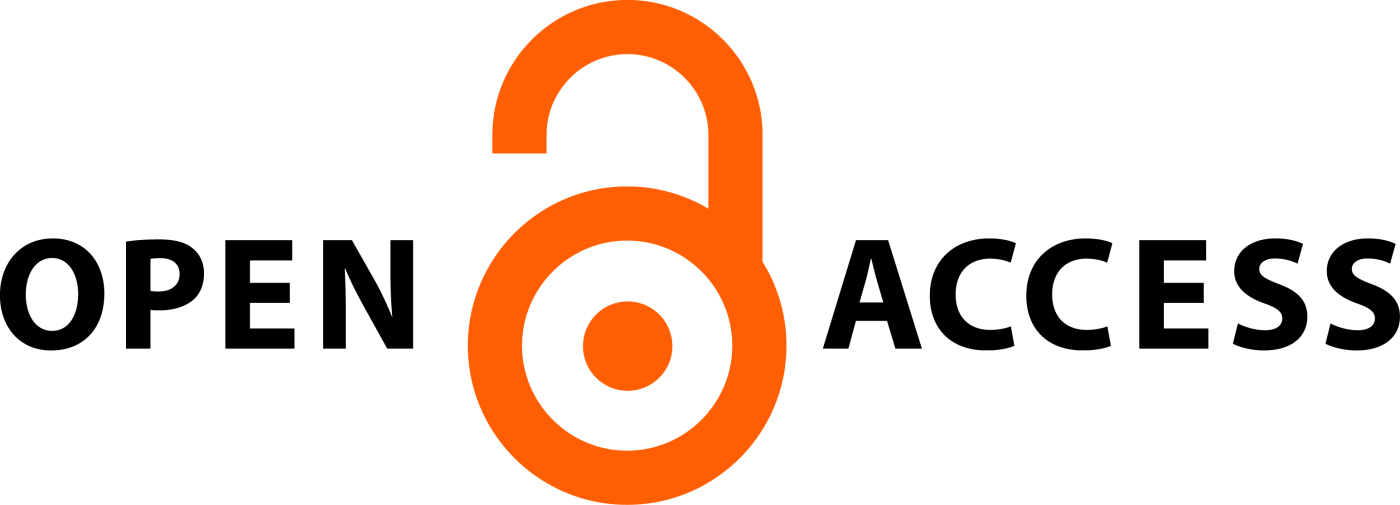AN INTENSIVE REVIEW ON THE MANAGEMENT OF PSORIASIS: FUMARIC ACID ESTERS ANALOGS
Abstract
Psoriasis is a recurring skin condition that occurs due to the hyperproliferation of keratinocytes and immune dysregulation. Psoriasis management frequently necessitates using systemic therapies, which include fumaric acid ester analogs (FAEs), methotrexate, TNF inhibitors, and IL-17 inhibitors. The efficacy of FAEs against methotrexate is comparable but has fewer side effects. The most common adverse reactions associated with the treatment of psoriasis are gastrointestinal symptoms (such as bloating), flushing and lymphopenia.
Rare but serious adverse reactions may include hepatitis and renal dysfunction. Methotrexate is an effective treatment; however, it has been linked to hepatitis, gastrointestinal adverse effects, and inhibition of the bone marrow in psoriasis patients. TNF Inhibitors NF-NFinhibitors and TNF-17 inhibitors offer comparable efficacy rates and a faster onset of action to those of other agents but come with increased risks of infections and injection site reactions. TNF inhibitors may raise the risk of autoimmune responses, cancer, and serious
infections. Neutropenia and inflammatory bowel disease may be made worse by IL-17 inhibitors. Treatment-related factors include the mode of administration, the need for monitoring, and any potential financial barriers to access. FAEs are administered orally and require regular monitoring for adverse events, while biologic agents (TNF inhibitors, IL-17 inhibitors) are administered subcutaneously or intravenously and necessitate monitoring for infections and malignancies. FAEs are given orally and need to be monitored for adverse reactions, while biologic agents (TNF inhibitors, IL-17 inhibitors) are given.
Downloads
All the articles published in JAPSR are distributed under a creative commons license (CC BY-NC-SA 4.0)
Under this license, you are free to:
- Share- copy and redistribute the material in any medium or format for any purpose, even commercially.
- Adapt- remix, transform, and build upon the material for any purpose, even commercially.
The licensor cannot revoke these freedoms as long as you follow the license terms.
- Attribution — You must give appropriate credit , provide a link to the license, and indicate if changes were made . You may do so in any reasonable manner, but not in any way that suggests the licensor endorses you or your use.
- NonCommercial — You may not use the material for commercial purposes .
- ShareAlike — If you remix, transform, or build upon the material, you must distribute your contributions under the same license as the original.
- No additional restrictions — You may not apply legal terms or technological measures that legally restrict others from doing anything the license permits.
Copyright policy
The journal allows the author(s) to hold the copyright of their work. That means the authors do not need to transfer the copyright of their work to the journal. However, the authors grant JAPSR a license to publish the article and identify itself as the original publisher.
Licensing policy
The journal allows the author(s) to hold the copyright of their work. That means the authors do not need to transfer the copyright of their work to the journal. However, the authors grant JAPSR a license to publish the article and identify itself as the original publisher.






